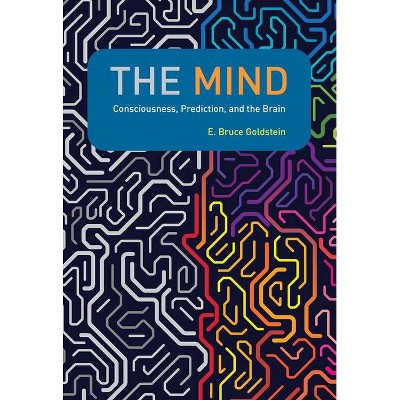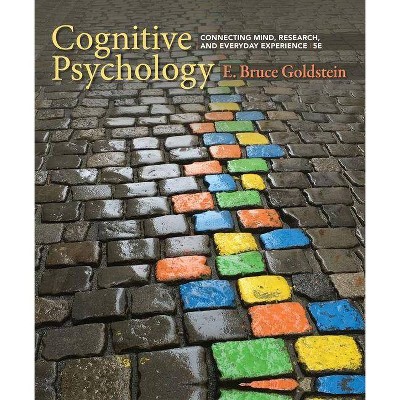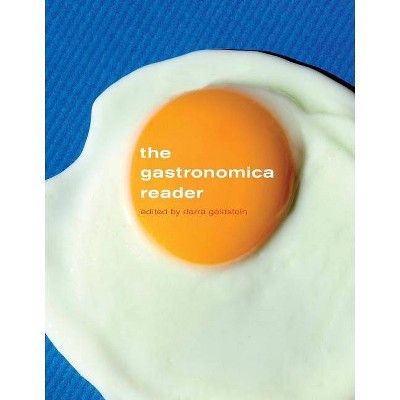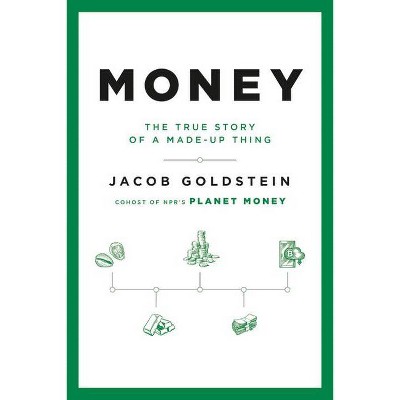The Mind - by E Bruce Goldstein (Hardcover)

Similar Products
Products of same category from the store
AllProduct info
<p/><br></br><p><b> About the Book </b></p></br></br>"This book is about the mind and its connection to the brain. The first two chapters discuss the basic characteristics of the mind, and places it in historical context by noting trends in popular culture, and various people's ideas about the mind. This discussion ends by concluding that the most fruitful approach to studying the mind is a scientific approach that looks for connections between the mind and the brain. The last four chapters focus on the following specific principles: The operation of the mind is hidden; Prediction is an important function of the mind; and Connectivity and communication between different areas of the mind are crucial for the mind's operation. An important feature of this discussion is that it is supported by empirical research, by briefly describing experiments. This book therefore goes beyond simply presenting conclusions, by elucidating the procedures and reasoning that led to those conclusions. The intent of the book is to give readers a feel for the latest scientific thinking about the mind, by focusing on basic principles that hold across many different functions of the mind"--<p/><br></br><p><b> Book Synopsis </b></p></br></br><b>An accessible and engaging account of the mind and its connection to the brain.</b><p>The mind encompasses everything we experience, and these experiences are created by the brain--often without our awareness. Experience is private; we can't know the minds of others. But we also don't know what is happening in our own minds. In this book, E. Bruce Goldstein offers an accessible and engaging account of the mind and its connection to the brain. He takes as his starting point two central questions--what is the mind? and what is consciousness?--and leads readers through topics that range from conceptions of the mind in popular culture to the wiring system of the brain. Throughout, he draws on the latest research, explaining its significance and relevance.</p><p>Goldstein discusses how the mind has been described and studied since the nineteenth century, and surveys modern approaches to studying mind-brain connections; considers consciousness and how the nervous system creates experience; and explores the hidden mechanisms of the brain. Then, in the heart of the book, he focuses on one principle that holds across a wide range of the mind's functions: prediction. All the behaviors and physiological processes associated with prediction--including eye movements, tactile sensation, language, music, memory, and social processes--involve communication between different places in the brain. The mind emerges not from the firing of neurons in one specialized area but from communications that travel across what Goldstein calls "highways of the mind."</p><p/><br></br><p><b> About the Author </b></p></br></br>E. Bruce Goldstein is Associate Professor Emeritus of Psychology at the University of Pittsburgh and currently teaches courses about the mind for the Osher Lifelong Learning Institute at Carnegie-Mellon University, the University of Pittsburgh and the University of Arizona. An award-winning textbook writer, he is the author of <i>Sensation and Perception</i> (now in its tenth edition) and <i>Cognitive Psychology</i> (now in its fifth edition).
Price History
Price Archive shows prices from various stores, lets you see history and find the cheapest. There is no actual sale on the website. For all support, inquiry and suggestion messagescommunication@pricearchive.us




















